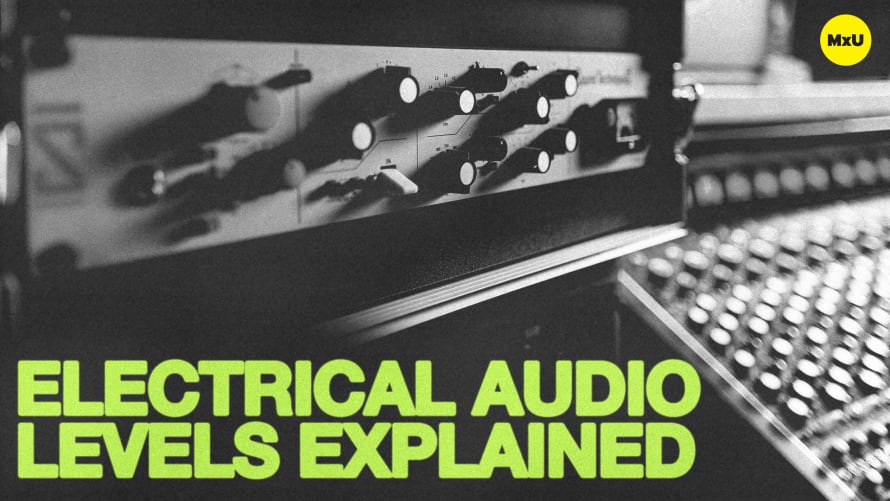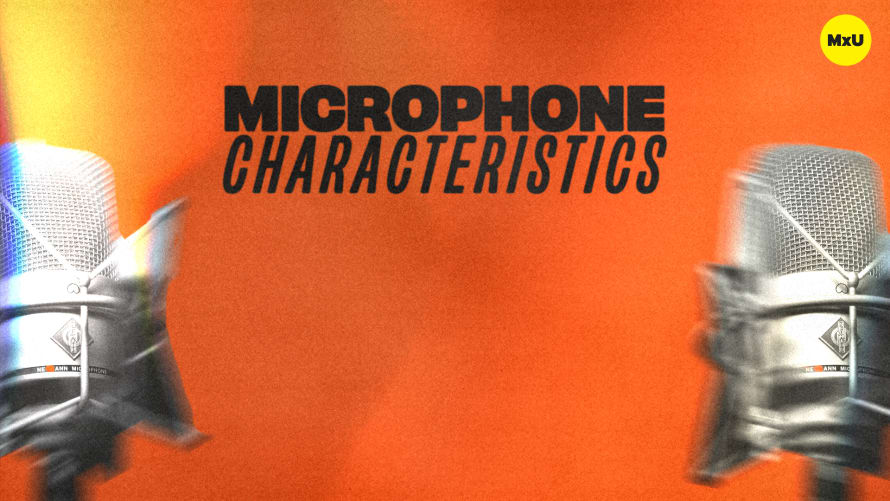Spectral Analysis
More in MxU
As Audio Engineers it’s critical that we understand the human range of hearing in terms of frequency. Once we understand that, we can focus in on the different ranges of frequencies, and how to describe them clearly. This will help us make better decisions when mixing.
Key Points:
Key Points:
- Don’t stress over determining an exact frequency with your ears, but rather determine the range you are hearing.
Sub Bass:
- Anything below 60Hz
- Difficult to hear, but tend to be felt more than actually heard.
- Can be problematic if not kept in control in most audio applications.
Bass:
- 60 - 250Hz
- Many rhythm based instruments accompany this range.
- Words like Full and Warm are used to describe this range.
Lower Midrange:
- 250 - 500Hz
- Often the first overtones of the Bass range.
- Can be described as boxy or hollow.
Midrange:
- 500 - 2000Hz
- This range can help make certain sounds more prominent in a mix.
- Human hearing is sensitive to 1000Hz, so being mindful of that is key.
Upper-Midrange:
- 2000 - 4000Hz
- Human hearing is especially sensitive to this range.
- Slight boosts or cuts will feel more dramatic in this range than others.
Presence:
- 4000 - 6000Hz
- This range provides clarity.
- This range can also create harshness which is often less desirable.
Brilliance:
- 6000 - 20,000Hz
- Contains large amounts of harmonics.
- Can be described as airy or shimmery.
- This range is easy to overdo, and can raise the noise floor of a given signal drastically.
Topics
Categories
Audio
201
Nothing added











